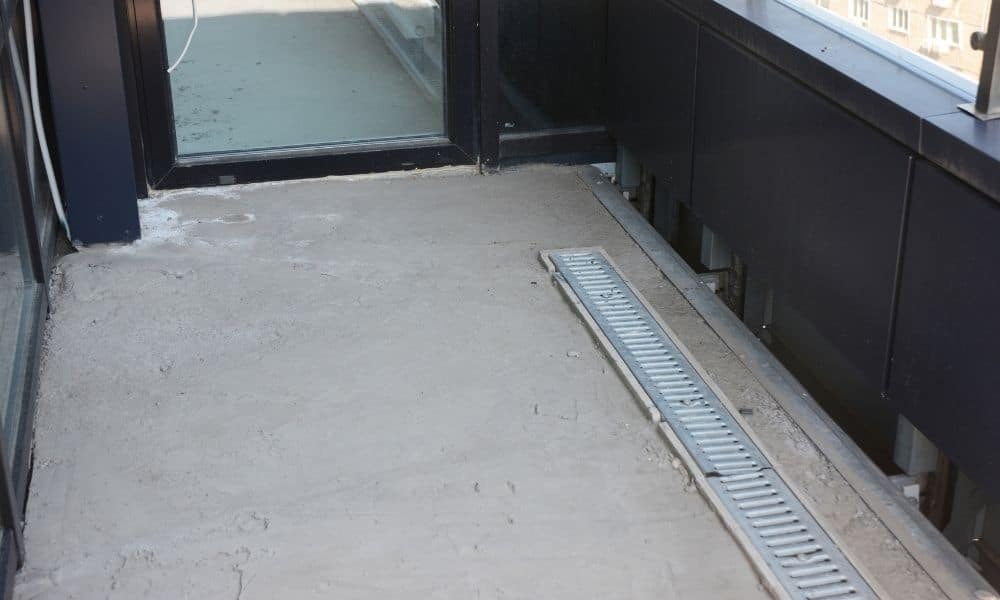
Precast trench drains offer a unique solution since they are delivered already cast, rather than being cast on-site. They are often more convenient and a better choice, but like any trench drain, they have their own pros and cons. Let’s take a look at the pros and cons of precast trench drains.
The Pros of Precast Trench Drains
Let’s begin with the following seven reasons why a precast trench drain may be the best choice for your trench drain project.
Quality Control
Since the trench drain is precast in a manufacturing facility, it’s easier to maintain quality control versus creating the trench drain on-site.
Less Work On-Site
Casting in place requires more machinery, manual labor, and higher costs when compared to a precast trench drain. This is simply because the drain is molded and cured before arriving on-site, requiring fewer steps.
Mass Production
Thanks to being produced in manufacturing facilities, the precast drains are readily available.
Climate Control
Trench drains are temperamental when poured and cured because we are dealing with concrete. With a precast drain, the climate issue doesn’t exist since they are molded and cured in a perfectly controlled climate. When using cast-in-place, you must account for factors like the weather, temperatures, and humidity levels.
Fixed Cost
There are no surprise costs with a precast trench drain since the toughest part is over with, and it’s already made when it arrives. Also, several labor costs are eliminated with a precast.
Finish Selection
Thanks to production in a facility, a precast trench drain offers finishes that a cast-in-place cannot.
Stronger
The precast trench drain strengthens during the curing process at the manufacturing facility before it arrives on-site. Due to this, it is at its full strength and ready to go, unlike a cast-in-place, which must cure on-site after being formed.
The Cons of Precast Trench Drains
Every trench drain has its positives and negatives. We’ve got four reasons why the precast trench drain sometimes isn’t the right drain for the job. Let’s take a look:
Joints
When a trench drain isn’t cast-in-place on-site, it requires connections since it’s delivered in pieces. Those connections are referred to as joints, and they sometimes add complications and cost to the installation.
Transport
Simply put, precast trench drains require transportation to the site, while their cast-in-place counterparts require none.
No Modifications
Since a precast trench drain is finished when installed, no modifications are possible, as compared to a cast-in-place which has more room for adjustments.
Proper Connections
As mentioned, because the precast requires more joints than a cast-in-place, there is the risk of the connections not fitting properly.
When To Choose a Precast Trench Drain
The size of the project is a large determining factor when deciding if a precast drain suits the need. Also, consider budget and time. A precast is a quick solution since it’s already formed and cured. However, both precast and cast-in-place drain types have their own unique costs depending on the project.
Understanding the pros and cons of precast trench drains is helpful when your project is in need of a trench drain. The precast drain has a long list of perks and is often an excellent solution. At ABT, we offer a precast drainage channel, along with other trench drain solutions. Contact us for all of your trench drain needs and questions.